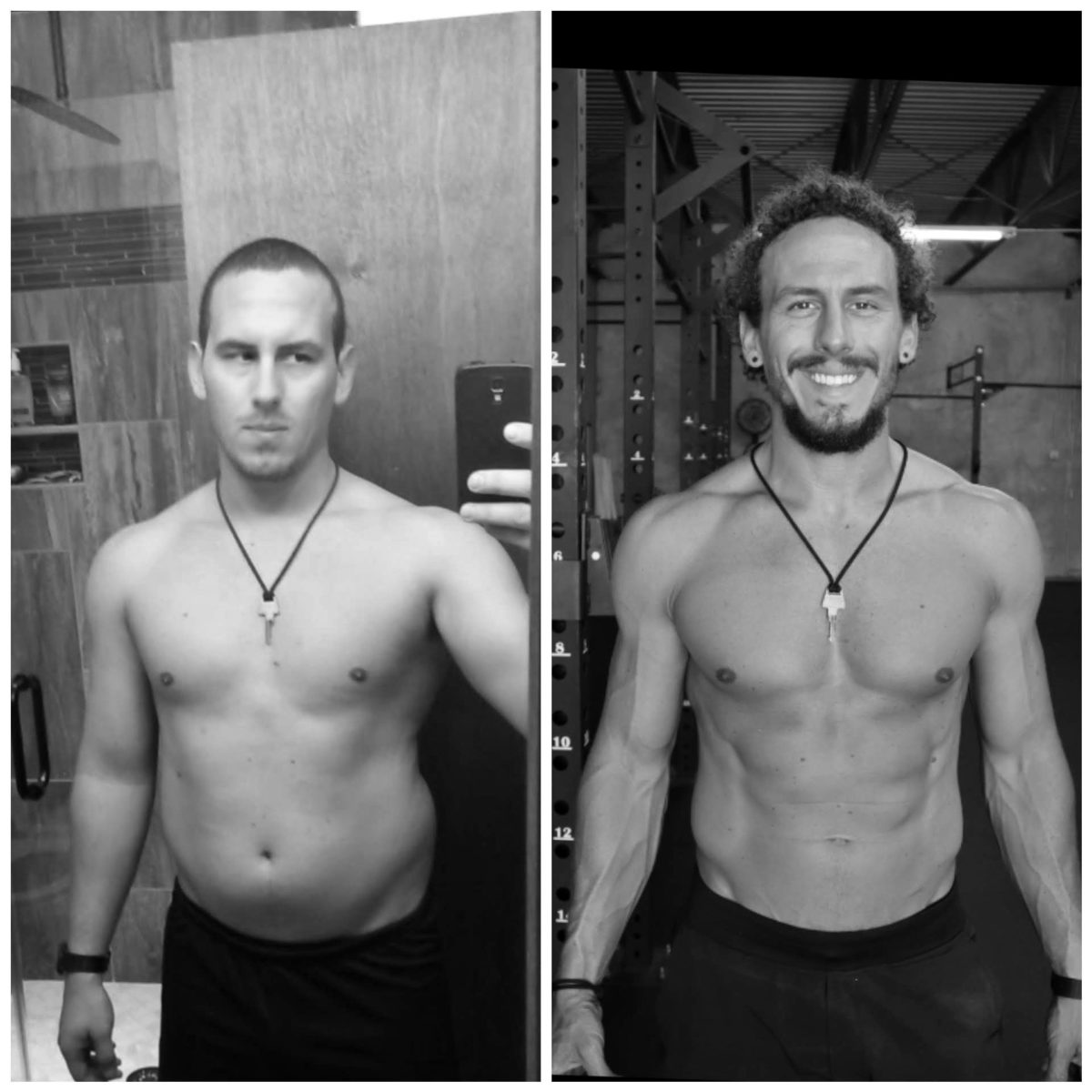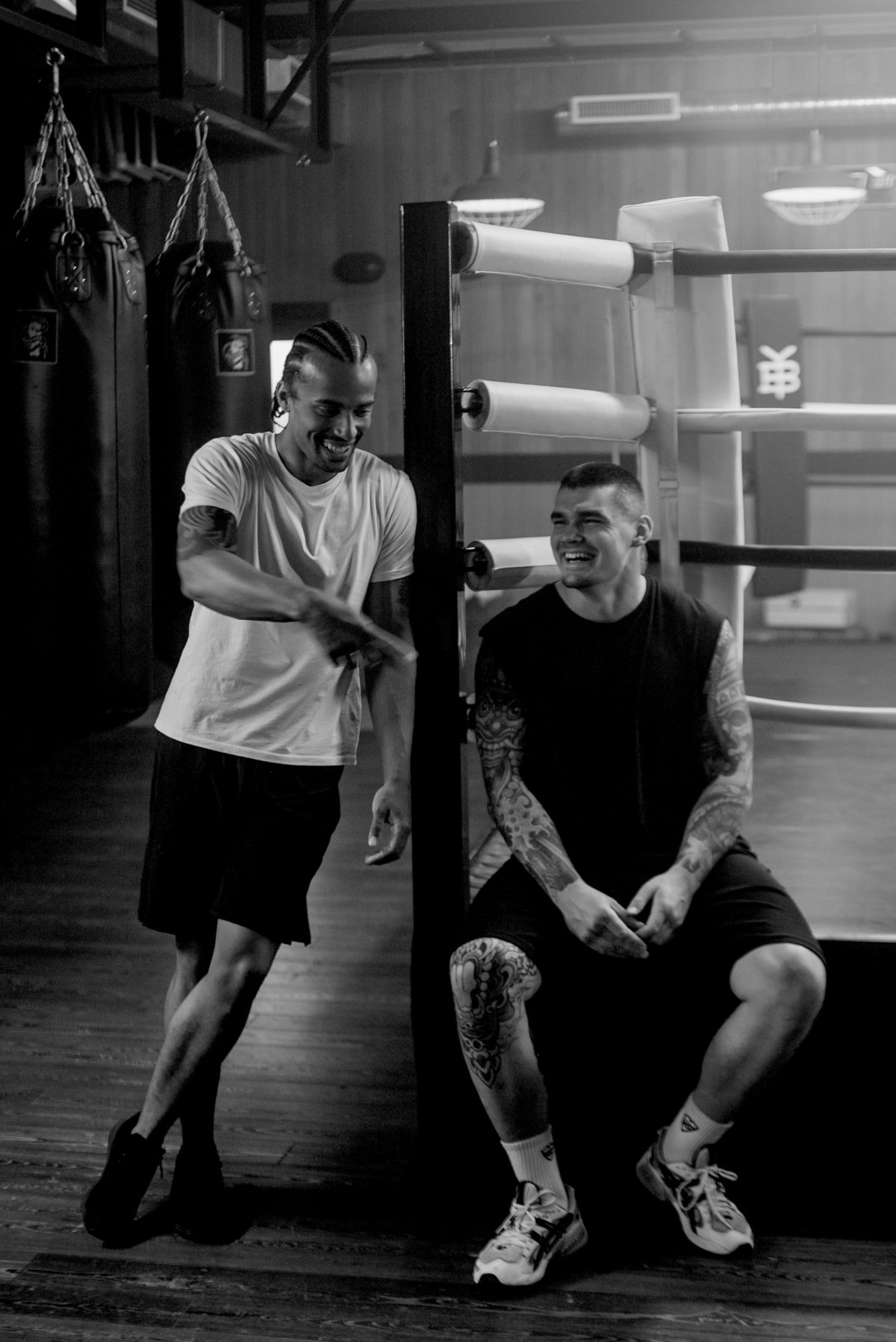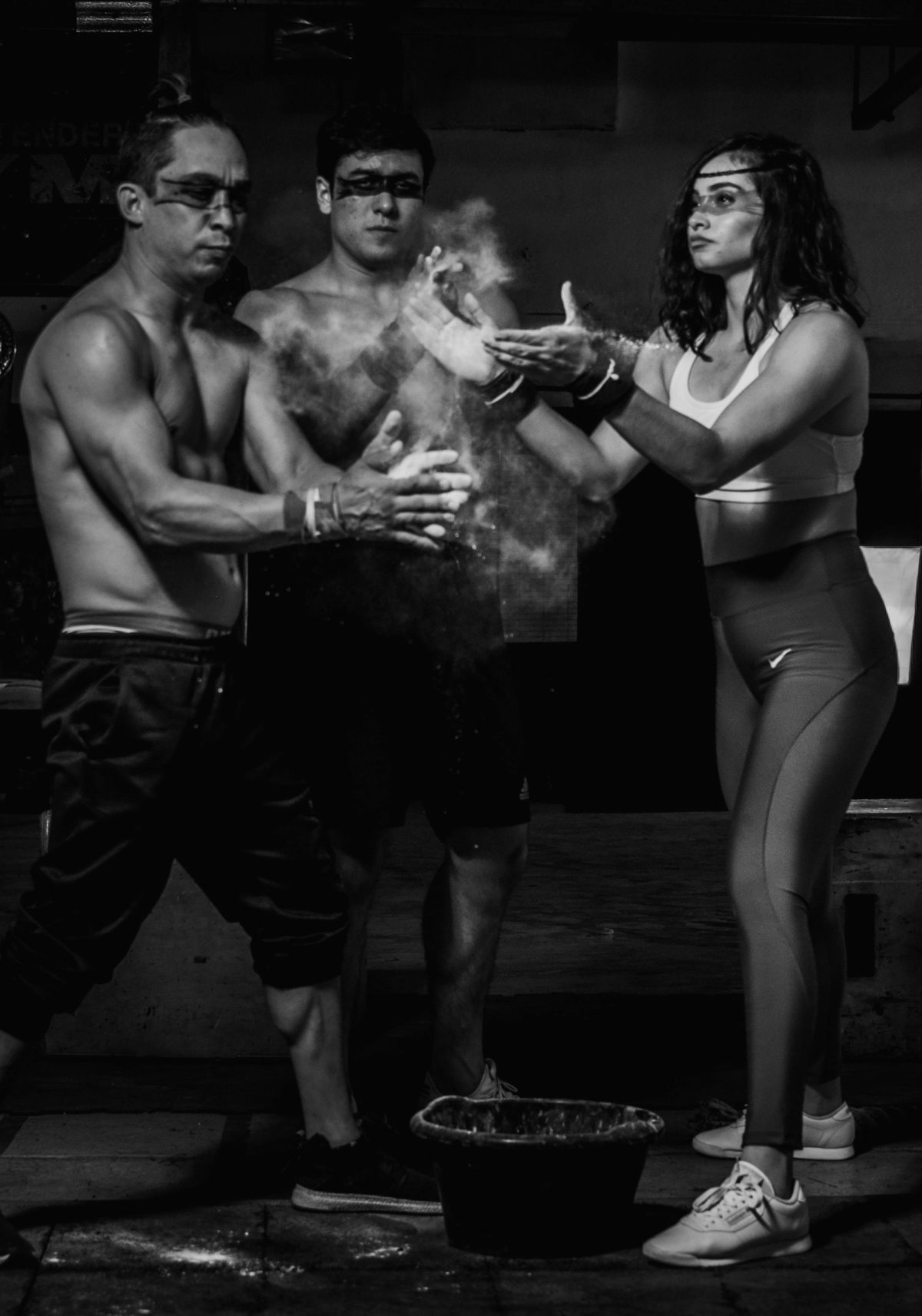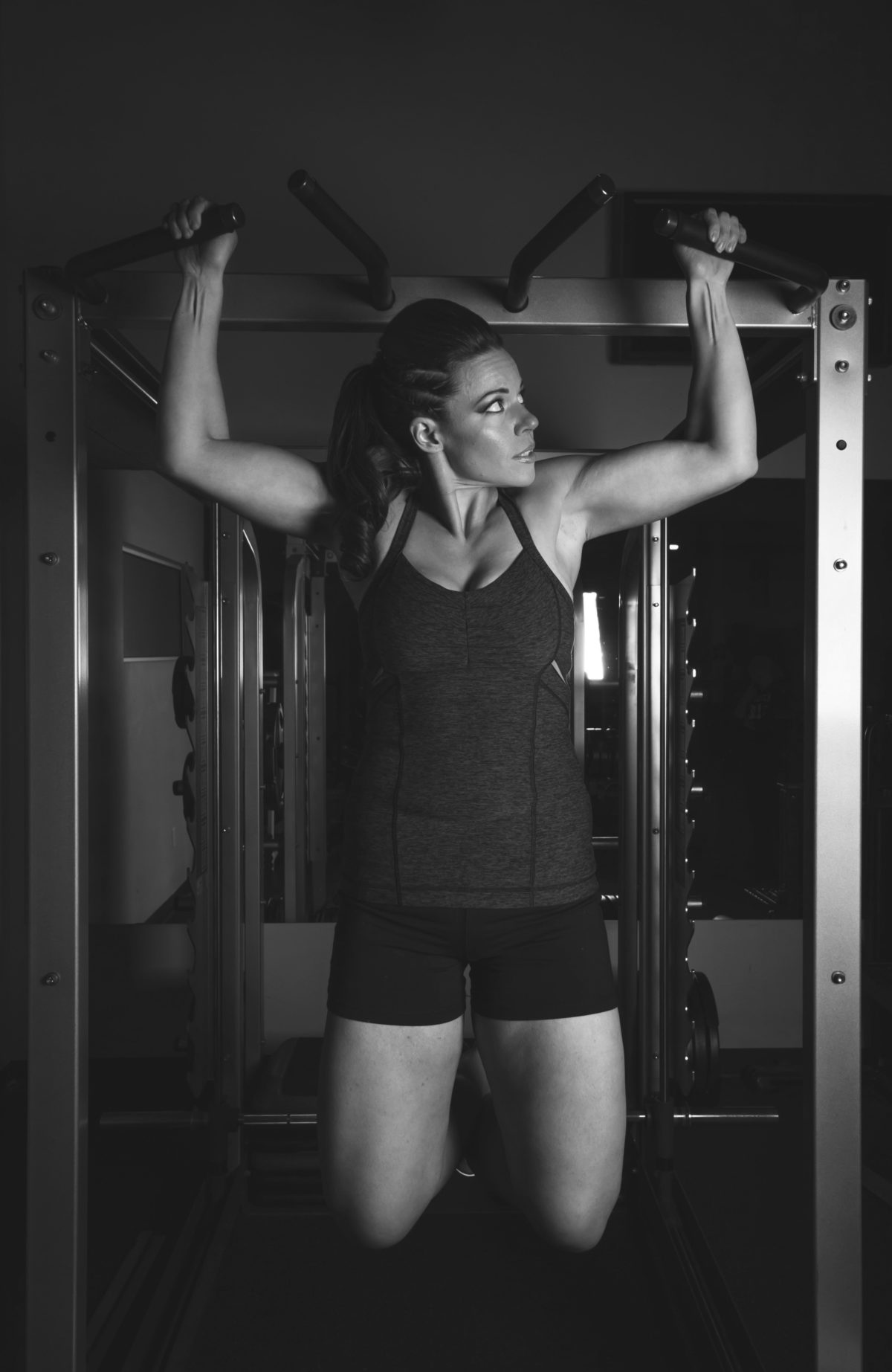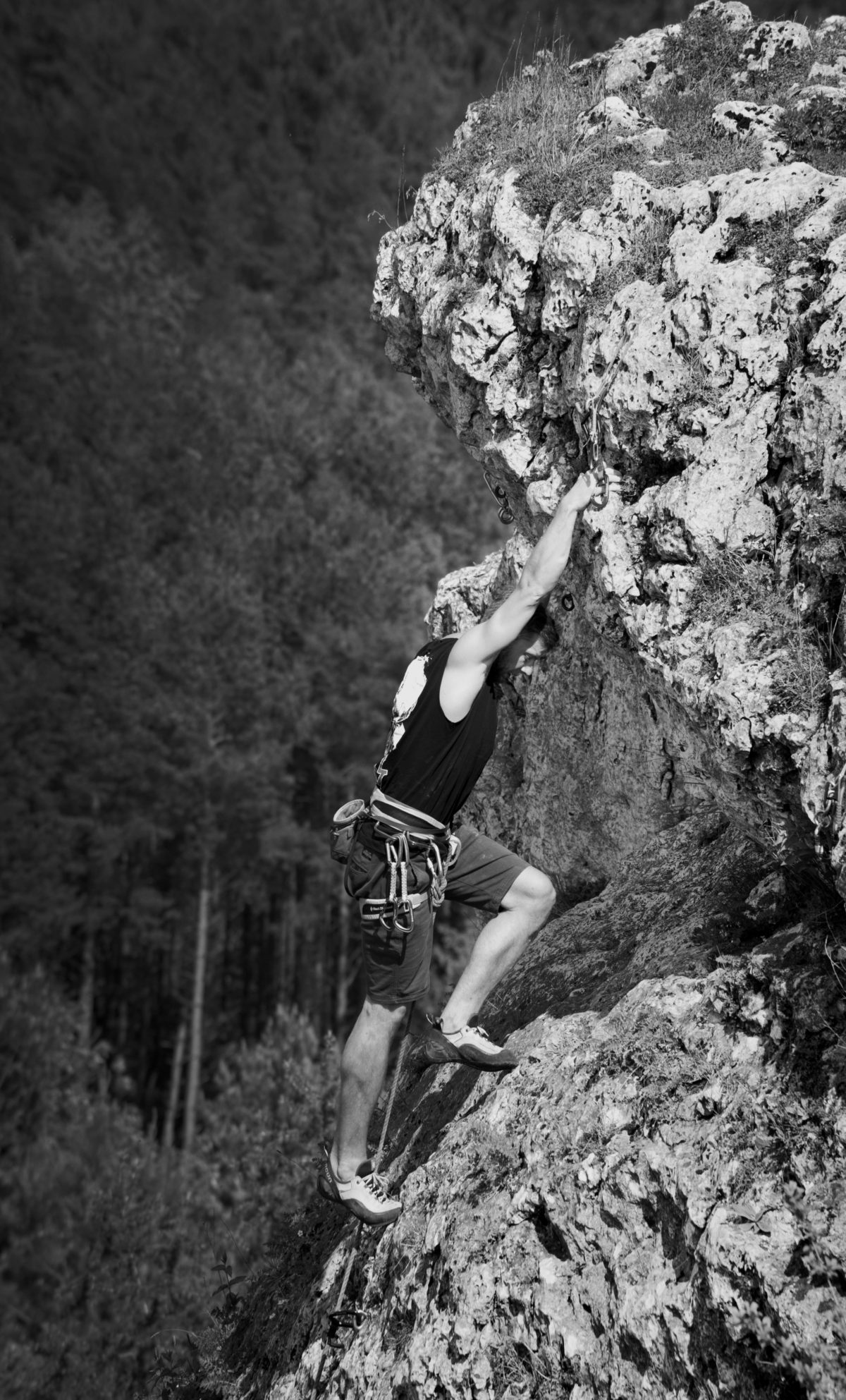The picture on the left was me somewhere in the winter of 2015/2016 and I weighed 225 pounds. The picture on the right is me in August of 2020 and I have no idea what I weigh. Here is a little about my personal weight gain and weight loss story, and my decision to stop using a scale.
I started CrossFit when I was 23 and weighed right at 170 lbs. At the start, I would weigh myself religiously. I had a little muscle mass, mostly from high-school sports, and working physical labor jobs. I could crush body weight movements, as well as anything cardio. But when any substantial weight was added to a workout I struggled. This was difficult for me to handle, I had always been physically capable and never really struggled with exercise. But, CrossFit has a special way of humbling anyone who participates.
I was obsessed with the scale
My eating habits didn’t help things. I have discussed this previously which you can find here. Intermittent fasting, along with a strict paleo diet, left me wiped out after my workouts and unable to gain any real strength. During this time, I had only gained about 5 lbs of muscle. So after about 6 months of CrossFit, my goal became to gain weight and lift heavy. So I started eating, A LOT!
I have never measured my caloric intake but here is an idea of how many calories I would take in. At the time I was working on Sundays. Before I went to work I would usually eat a lunch or two. I would also pack some food to snack on at work. Typically, it was grilled chicken, rice, eggs, a couple apples, 2 green smoothies, and a 2 lb bag of clementines. While at work I would also get a burrito from Chipotle, and then go to Smashburger where I would have a burger, fries/haystack onions, and a milkshake. When I got home I would have a couple of bowls of cereal, and usually some ice cream or donuts before going to bed.
Well I did gain weight and the weights I was moving went up. I quickly hit 190 lbs. Then 200 lbs. I got to 215 pretty easily, but my goal was to weigh 225 lbs. It was a struggle to make it to 225. I ate until I felt like throwing up, then I would sit down and let my stomach settle for about 30 minutes. Every day, usually multiple times a day, I would weight myself. I was obsessed with my weight. And I simply could not stop using a scale.
As you can tell, the 225 pounds was not a healthy life for me. While my weightlifting had increased, my cardio was abysmal. My life in general was a struggle. Walking up stairs or a hill at work had me winded. Bending over to tie my shoes had me holding my breath and trying to move my gut out of the way. My clothes started to get very tight. But I still weighed myself. Hitting 225 was nice. I reached my goal! But my body and certain aspects of my life were different. It left me looking for change.
I decided 225 was the turnaround point for me, and that I needed to lose weight. I wanted to get back to looking good and being able to perform all movements well. In a few months, I dropped from 225 to 185. And still I checked the scale every day. 185 left me feeling weak in my lifts, and with little muscle endurance.
Why I decided to stop using a scale
Over the years I have fluctuated between 185 and 200, but where I feel best at is 190 to 195. I can move enough weight for an athlete of my caliber, but my cardio and body weight movements still feel strong and fluid. About a year ago I decided to stop using a scale. I have an idea of what I weigh only because I have weighed myself so many times in the past.
Now I am not concentrating on the number the scale gives me. I am concentrating on being happy and enjoying all aspects of my life. Obviously, health and fitness is a major part of my life. Feeling good and operating well in my workouts makes me happy and at peace. Another big part of my life though is food, and enjoying it with my family and friends. Being able to do so without worrying if the scale will change by even a pound makes me happy.
Can a scale be helpful in our health and fitness journeys? Of course it can, but it shouldn’t be the end all be all. The scale is like a photograph. It captures a split second of your life. Sometimes that second is good, other times it’s not so good. But that second doesn’t determine anything else.
You might find it helpful to stop using a scale and stop worrying about the numbers. Worry instead about how many people you make a positive impact on in a day. Your life will be much happier that way.
